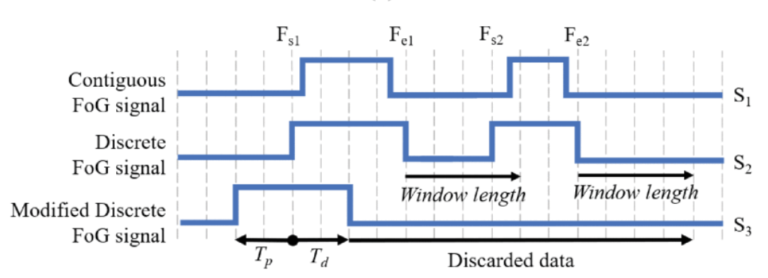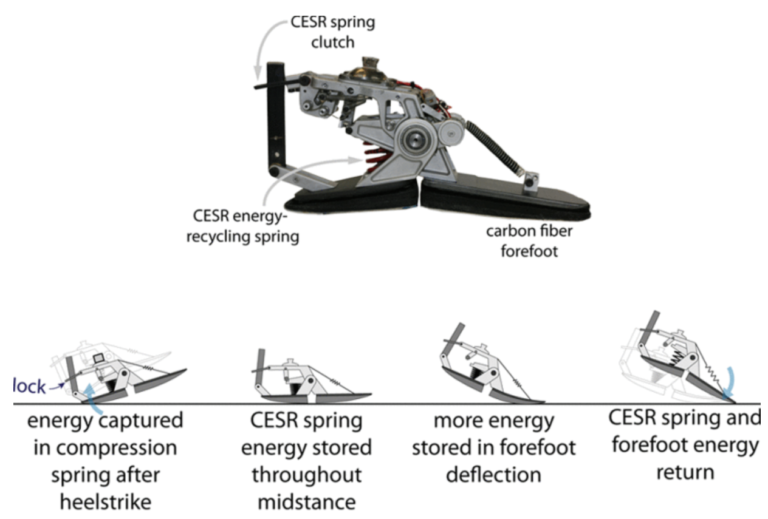The study assessed motor unit loss in muscles paralyzed by spinal cord injury (SCI) using a novel compound muscle action potential (CMAP) scan examination. The CMAP scan of the first…
read moreEmotion is defined as a response to external stimuli and internal mental representations. It has been characterized as a multidimensional concept, primarily comprising two dimensions: valence and arousal. Existing studies…
read moreNon-parametric regression has been shown to be useful in extracting relevant features from Local Field Potential (LFP) signals for decoding motor intentions. Yet, in many instances, brain-computer interfaces (BCIs) rely…
read moreMuscle networks describe the functional connectivity between muscles quantified through the decomposition of intermuscular coherence (IMC) to identify shared frequencies at which certain muscles are co-modulated by common neural input.…
read moreThis work is motivated by the recent advances in Deep Neural Networks (DNNs) and their widespread applications in human-machine interfaces. DNNs have been recently used for detecting the intended hand…
read moreMechanically assisted neurorehabilitation: a novel six-bar linkage mechanism for gait rehabilitation
Repeated and intensive gait training can improve muscle strength and movement coordination of patients with neurological or orthopedic impairments. However, conventional physical therapy by a physiotherapist is laborious and expensive.…
read moreWe provide an open access dataset of High densitY Surface Electromyogram (HD-sEMG) Recordings (named “Hyser”), a toolbox for neural interface research, and benchmark results for pattern recognition and EMG-force applications.…
read moreThe freezing of gait (FoG) is a common type of motor dysfunction in advanced Parkinson’s disease (PD) associated with falls. Over the last decade, a significant amount of studies has…
read moreLower-limb amputees expend more energy to walk than non-amputees and have an elevated risk of secondary disabilities. Insufficient push-off by the prosthetic foot may be a contributing factor. We aimed…
read moreAbstract:Stroke is the leading cause of disability among adults in the United States. Behaviors such as learned nonuse hinder hemiplegic stroke survivors from the full use of both arms in…
read more


